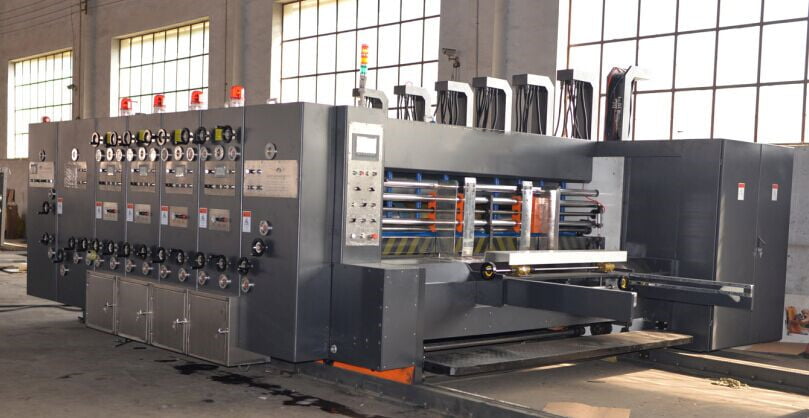Ever wondered what really goes on inside a corrugated cardboard factory?
A single facer corrugation machine is the heart of corrugated board production, creating the fluted layer that gives cardboard its strength.
Let's dive into what makes this machine so essential and how it all comes together.
What Is a Single Facer Corrugation Machine?
I've had countless conversations where this question pops up.
A single facer corrugation machine bonds a fluted paper layer to a flat liner, producing single-faced corrugated board used in packaging.
Breaking Down the Basics
Imagine taking a flat sheet of paper and transforming it into something sturdy enough to protect products during shipping. That's the magic here.
- Fluting Process: The machine shapes the medium paper into a wave-like pattern called flutes.
- Adhesive Application: It applies glue to the tips of these flutes.
- Bonding with Liner: A flat liner is pressed onto the glued flutes, creating a single-faced board.
I remember the first time I saw this in action—it was like watching a well-choreographed dance of paper and machinery.
Why Is It Essential in Corrugated Board Production?
You might be thinking, "Can't we just stack some paper together?"
The single facer is crucial because it provides the structural strength and cushioning properties that corrugated cardboard is known for.
The Backbone of Strength
Without this machine, we'd lack the protective packaging that keeps products safe.
- Structural Integrity: The fluted design distributes weight and resists crushing.
- Versatility: Allows for different flute sizes to meet various packaging needs.
- Efficiency: Automates a process that would be impractical to do manually.
It's fascinating how something as simple as a paper flute can make such a big difference.
What Should You Consider When Choosing One?
Selecting the right machine isn't just about price.
Consider factors like production speed, flute profiles, machine durability, and compatibility with your existing setup.
Making the Right Choice
Over the years, I've seen how the right equipment can transform a business.
- Production Requirements: Match the machine's speed to your output needs.
- Flute Types: Decide on the flute sizes you require—A, B, C, E, or F.
- Maintenance and Support: Look for manufacturers who offer reliable after-sales service.
- Energy Efficiency: Modern machines can save on energy costs.
Here's a quick comparison:
| Factor | Importance |
|---|---|
| Production Speed | High |
| Flute Profiles | Versatile options preferred |
| Maintenance Support | Essential |
| Energy Consumption | Lower is better |
Choosing wisely can save you headaches down the line.
How to Maintain Your Single Facer Corrugation Machine?
Maintenance isn't just a chore—it's a necessity.
Regular inspections, cleaning, and timely part replacements keep the machine running smoothly and extend its lifespan.
Keeping Things Running
I can't stress enough how proactive care pays off.
- Daily Checks: Inspect for wear and tear or any unusual noises.
- Cleaning: Remove dust and debris that can affect performance.
- Lubrication: Keep moving parts well-oiled according to the manufacturer's guidelines.
- Training Staff: Ensure your team knows how to operate and maintain the machine properly.
One client told me how regular maintenance reduced their downtime by 30%. That's significant!
Conclusion
Understanding your single facer corrugation machine empowers you to make better decisions.
Feel free to reach out if you have any questions—I'm here to help.
Jeytop Carton Machinery
Contact with us by whatsapp: 86-18833771152




